UP TO THE MINUTE
The power of underlayment
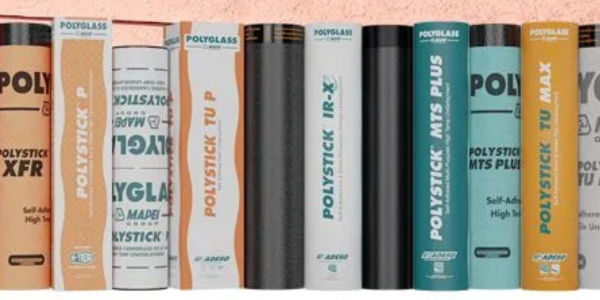
By Jessica Bravo.
Discussing the important role underlayment plays in a well-designed roof.
In an episode of Roofing Road Trips®, Karen Edwards sat down with Alex Manos from Polyglass to talk about how an underlayment should protect the substrate it is going over. The underlayment should either be a water shedding barrier or a waterproofing barrier that protects until that primary roof covering is installed.
When selecting the right underlayment, the choices can be overwhelming. Alex shared, “At Polyglass, we believe that the underlayment shouldn't be a secondary thought, it should be a vital part of that roofing system. And that's why it's really important that that underlayment meets the quality performance and application needs depending on what roof covering you're using.”
The first step to finding the right underlayment is to consider the necessary codes and approvals that need to be met, which can vary by region. Local codes may require adherence to specific ASTM standards. Additionally, the chosen underlayment must align with the primary roof covering. Matching the underlayment to the roof covering ensures optimal performance. Alex noted, “If you're using a metal roof, it's important that you have an underlayment that's designed for those high temperatures because that metal roof will transfer heat through to that roof deck. So, you don't want that underlayment getting too hot [and] deteriorating.” Once the appropriate underlayment is identified, it’s essential to consider various performance features that enhance its effectiveness. In response to the increasing intensity of storms in many regions across the nation, new underlayments have been developed to meet the needs of those living in impacted areas. Polyanchor® HV marked a significant advancement in this area, as the product features fiberglass reinforcement, a modified bitumen top surface and a design that reduces the need for additional fasteners.
Furthermore, the rising threat of wildfires has led to the development of Class A fire-rated underlayments. Two notable products, Polystick XFR and Polyanchor XFR, were created to meet fire safety standards. Alex pointed out, “You can achieve a Class A fire-rating with only one layer, versus the old way of doing it was using a slip sheet that was fire-rated and then putting your underlayment on top of that.”
Polyglass leads the way in innovation with products designed to meet the challenges and demands of modern roofing.
Read the Transcript or Listen to the Podcast to learn more about Polyglass’s underlayments.
Learn more about Polyglass in their Coffee Shop Directory or visit www.polyglass.us.
About Jessica
Jessica is the Spanish content creator at The Coffee Shops and a senior at the University of Houston, studying psychology. A proud Mexican-American, she enjoys running trails and exploring Houston in her free time.

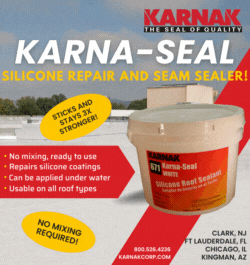

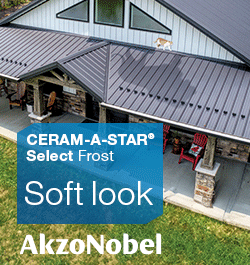








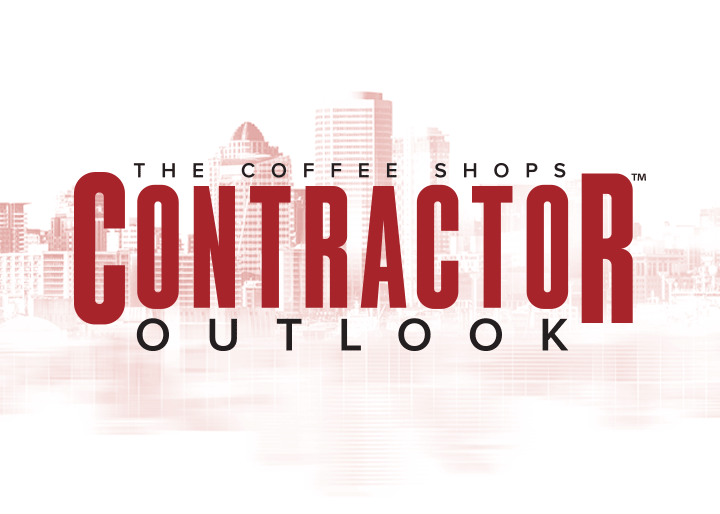

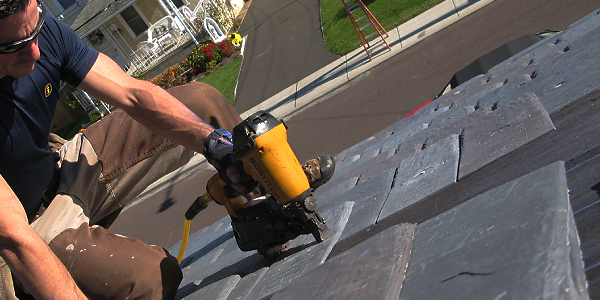
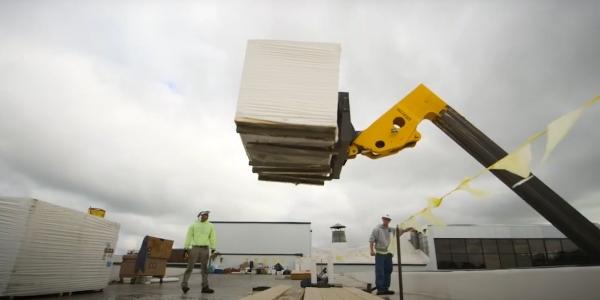






Comments
Leave a Reply
Have an account? Login to leave a comment!
Sign In